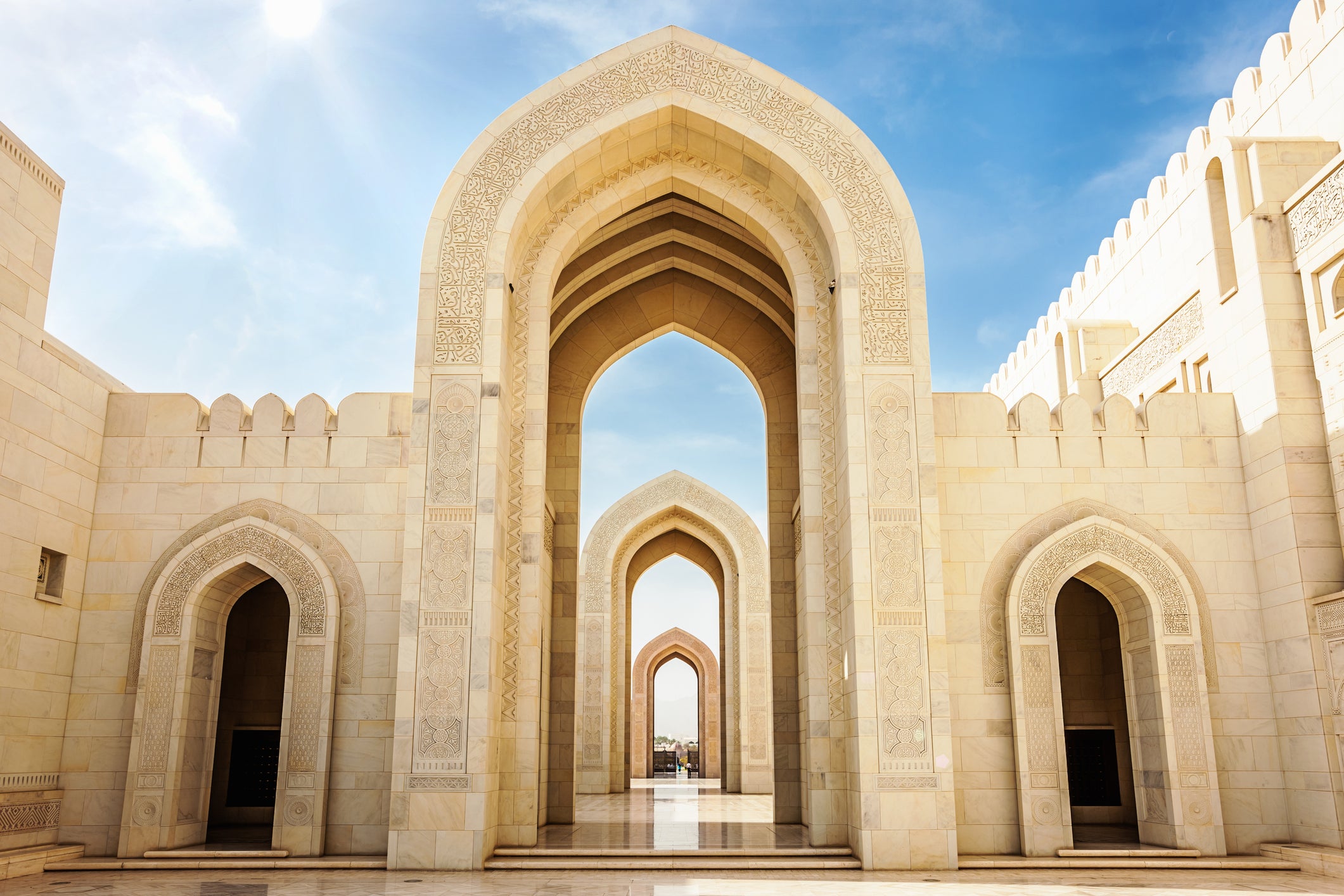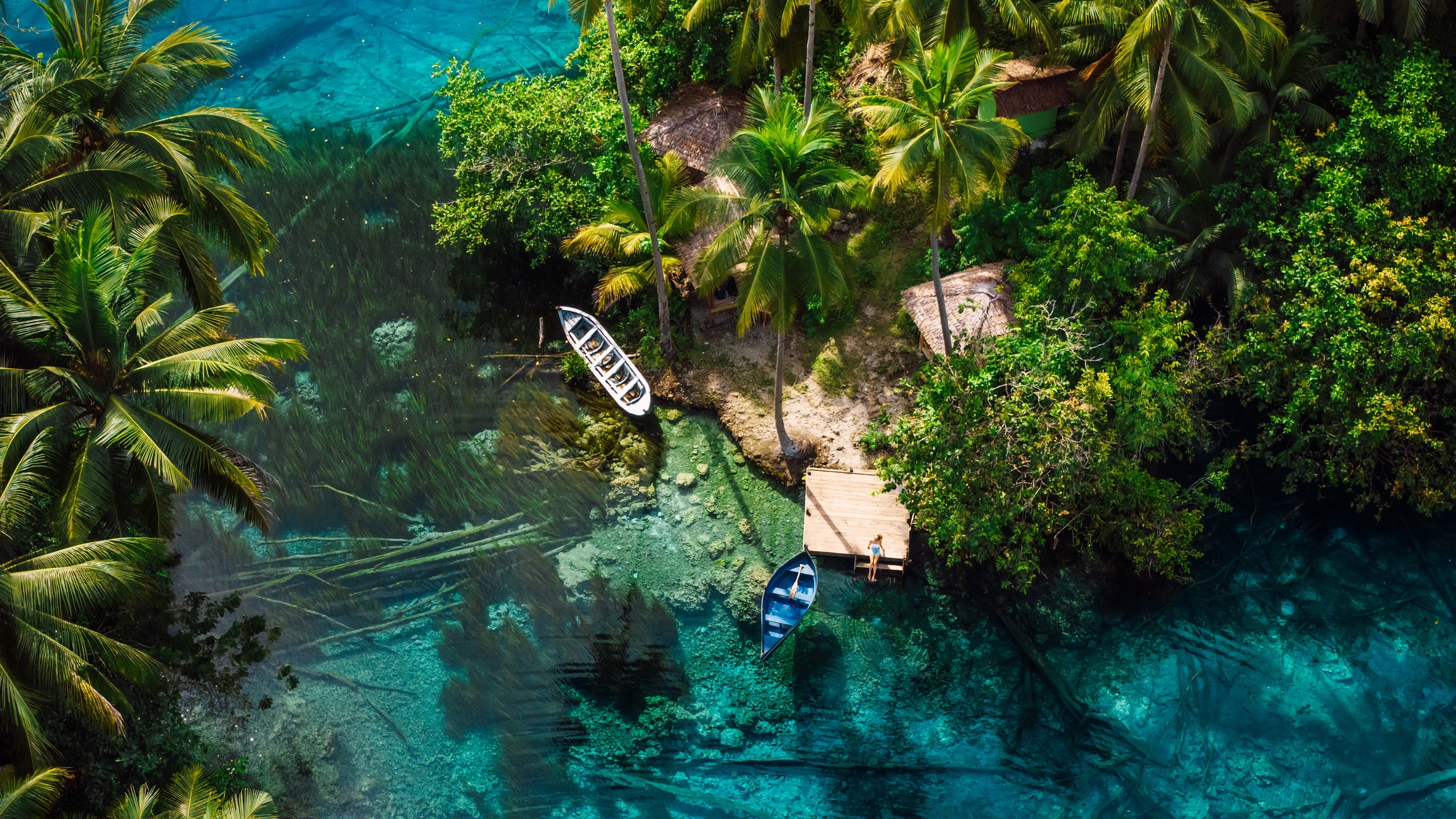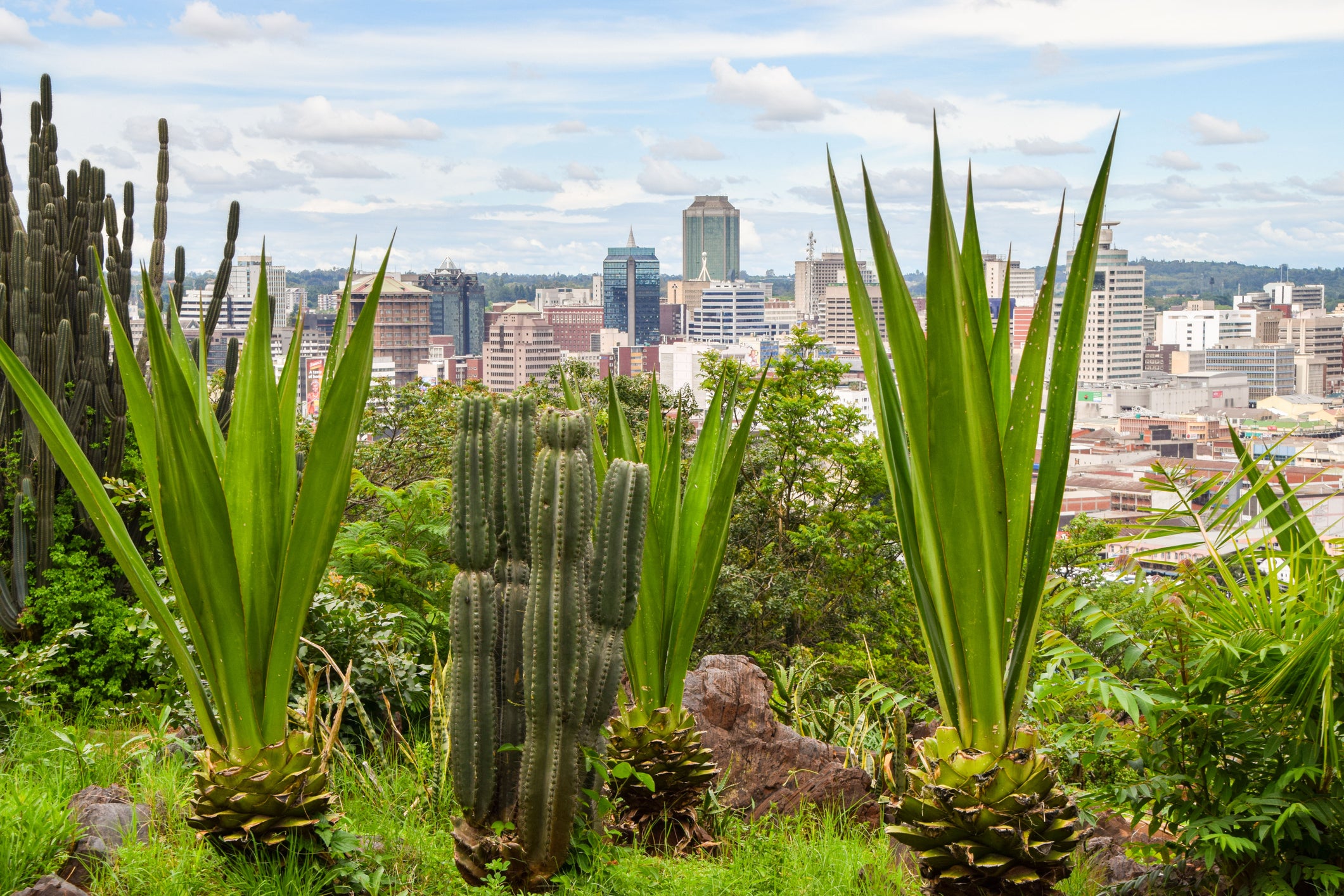Your support helps us to tell the story
From reproductive rights to climate change to Big Tech, The Independent is on the ground when the story is developing. Whether it’s investigating the financials of Elon Musk’s pro-Trump PAC or producing our latest documentary, ‘The A Word’, which shines a light on the American women fighting for reproductive rights, we know how important it is to parse out the facts from the messaging.
At such a critical moment in US history, we need reporters on the ground. Your donation allows us to keep sending journalists to speak to both sides of the story.
The Independent is trusted by Americans across the entire political spectrum. And unlike many other quality news outlets, we choose not to lock Americans out of our reporting and analysis with paywalls. We believe quality journalism should be available to everyone, paid for by those who can afford it.
Your support makes all the difference.
“Hell is other people” – so wrote Jean-Paul Sartre, who might have been less of a misanthrope had he spent less time in Paris, Europe’s most densely populated capital city, and headed instead for his country’s quieter reaches; the tidal interzone of the Camargue, perhaps, or the salt pans of Occitania.
Today, overtourism has become a problem in corners of the world where humans had barely set foot a century or two ago, let alone France; Antarctica’s filling up with cruise ships, and there are traffic jams on the summit of Everest.
This isn’t just terrible for the environment, but it’s a surefire way to ruin a good holiday, so here are a few suggestions of lesser-visited destinations across the world which are just as captivating as their more popular counterparts.
Read more: These lesser-known Bavaria towns are even better than Munich
Albania
Soaring mountains, glorious beaches and a jewel box of islands glittering in the Ionian Sea – Greece is lovely in the spring, but its Balkan neighbour, Albania, promises all these treasures and more, with far fewer visitors and a greater diversity of natural landscapes packed into a smaller land area. Theth National Park in the north of the country is home to brilliant hiking and startling sights like the Blue Eye, an azure spring gathered in a deep hole in the limestone landscape. Nearby, the fantastically named Accursed Mountains form the Albanian stretch of the Dinaric Alps. This place of fearsome, jagged peaks, enclosing green glacial valleys alive with wildflowers in the spring, is surely worth visiting before word gets out and it becomes one of Europe’s hottest hiking destinations.
Elsewhere, the vibrant capital, Tirana, has the feel of a place making up for lost time. The city’s diverse architecture reflects its cultural variety, its movement through fascist and communist dictatorships, and its subsequent opening up to the wider world since the 1990s. Eye-catching buildings include the Pyramid of Tirana, built as a museum to dictator Enver Hoxha; the monumental Namazgah Mosque, the largest in the Balkans; and the House of Leaves, an espionage museum housed in a former Gestapo and communist secret police surveillance centre. Where Tirana really comes to life, though, is its contemporary cultural scene. Modern art museum Bunk’Art is a vibrant symbol of reinvention housed in a converted Cold War bunker, while upmarket Blloku – once out of bounds to everyone but the communist elite – has been reborn as a buzzing district of restaurants and trendy bars.
Read more: I went to Europe’s last true wild frontier to find adventure and escape the crowds
Oman

Understated, tasteful and home to exquisitely beautiful desert, coast and mountain scenery, it’s something of a mystery why Oman continues to fly under the radar of tourists visiting the Middle East. While the gauche Gulf hotspots of Dubai and Abu Dhabi draw travellers like moths to a flame with their glitzy shopping malls and outsized construction projects, traditional Oman has taken a different approach. Skyscrapers are banned and new buildings follow a lovely neo-Islamic style – all clean lines, crenelations and three-pointed arches – prime examples being the Sultan Qaboos Grand Mosque and Royal Opera House, both highlights of the low-key capital, Muscat.
Linger in Muscat to admire the architecture and experience the pleasingly ramshackle old harbour and gold souk of Muttrah, before escaping for the countryside. The green mountains of Jebel Akhdar spill over with pink Damask rose blossoms in the spring, while the rocky landscapes of Jebel Shams are home to Wadi Ghul, the “Grand Canyon of Arabia”, where Egyptian vultures soar above abandoned mudbrick villages and glittering date plantations. Most remarkable of all is the Musandam Peninsula, an exclave of Oman separated from the rest of the country by 100km of the United Arab Emirates (UAE). Here, fjord-like inlets called khors ripple the rocky coastline, making for truly stunning boat trips onboard a traditional wooden dhow.
Read more: The best things to do in Oman
Sulawesi, Indonesia

Bali, Indonesia’s Island of the Gods, has been desecrated by overtourism to such an extent that the Indonesian government announced a moratorium on new hotels in parts of the island last September. Unsurprisingly for a nation of 17,000 islands, Indonesia offers plenty of alternatives and none are more fascinating than Sulawesi, whose southern capital, Makassar, is a 90-minute flight from Bali.
The eleventh-largest island in the world, Sulawesi is home to thousands of miles of coastline which include postcard-perfect beaches to rival their Balinese counterparts, all with a fraction of the visitors. Tanjung Bira beach in South Sulawesi is an almost laughably perfect tropical idyll – bone-white sand, swaying palms, you know the brief – while North Sulawesi offers some of Indonesia’s best diving at Bunaken, a marine wonderland of technicolour coral gardens, colourful nudibranchs and some 2,000 species of fish.
Partly due to its extremely mountainous topography, Sulawesi resembles a cultural patchwork, with the heavy colonial influence evident on the coast – Makassar’s Dutch-built Fort Rotterdam and City Hall, for instance – giving way to distinctive ethnic groups in the mountainous interior. The highlands of Tana Toraja, for instance, are home to the Torajan people, whose culture reflects a fascinating mixture of colonial Catholicism and indigenous animist religion. The Toraja are famed for their elaborate death rituals, with their funerals resembling multi-day festivals: hundreds of pigs and buffalo are sacrificed (and barbecued), palm wine flows freely and the air is fragrant with the perfume of a thousand crackling clove cigarettes.
It’s a great honour in Torajan society to have as many attendees at your funeral as possible, so tourists are welcome to join any of the funerary parties which happen to be taking place nearby. Admission is free, barring a small gift for the bereaved family – a bottle of palm wine, or a brick of cigarettes – and you’ll have to pay a guide in the Torajan capital of Rantepao to take you there. You’ll likely spot the Torajans’ impressive rock-cut tombs and the giant wooden effigies of the dead, known as tau-tau, which stand guard over them, gazing over the spectacular Torajan landscape of rice paddies, karst mountains and plodding water buffalo.
Read more: This paradise island has got its mojo back – cheaper than Bali and without the crowds
Zimbabwe

An African safari occupies pole position on many a traveller’s bucket list, but some of the continent’s biggest tourist draws, such as Kenya’s Masai Mara and Tanzania’s Serengeti, are beginning to suffer the effects of overtourism. For a quieter alternative, consider Zimbabwe, which offers fantastic wildlife-spotting opportunities with less of the overcrowding problems of the continent’s busier nature reserves.
Hwange National Park in the country’s northwest is the largest nature reserve in Zimbabwe and one of the biggest in Africa, at 14,600 sq km. It’s teeming with wildlife, including the Big Five so sought after by safari-goers – lion, elephant, leopard, rhino and buffalo. There’s also the small matter of the Victoria Falls, less than two hours’ drive to the north. While not exactly a hidden gem – it’s one of the largest waterfalls in the world – this magnificent cascade is a must-visit while in the area, and the Zimbabwean side has significantly more viewpoints than across the border in Zambia.
Most Zimbabwean adventures will begin and end their journey in the capital, Harare, where it’s worth lingering to explore the wide avenues lined with jacaranda trees, the National Gallery, showcasing photography, sculpture and paintings from Zimbabwe and beyond, and the National Archives, a fascinating and often harrowing showcase of the country’s colonial-era history.
Read more: Is there such thing as an affordable safari? How to holiday in the wild without breaking the bank


